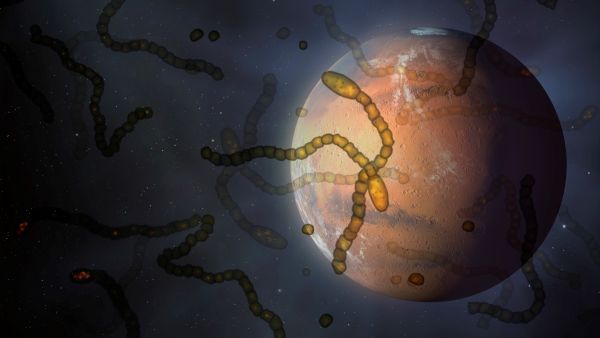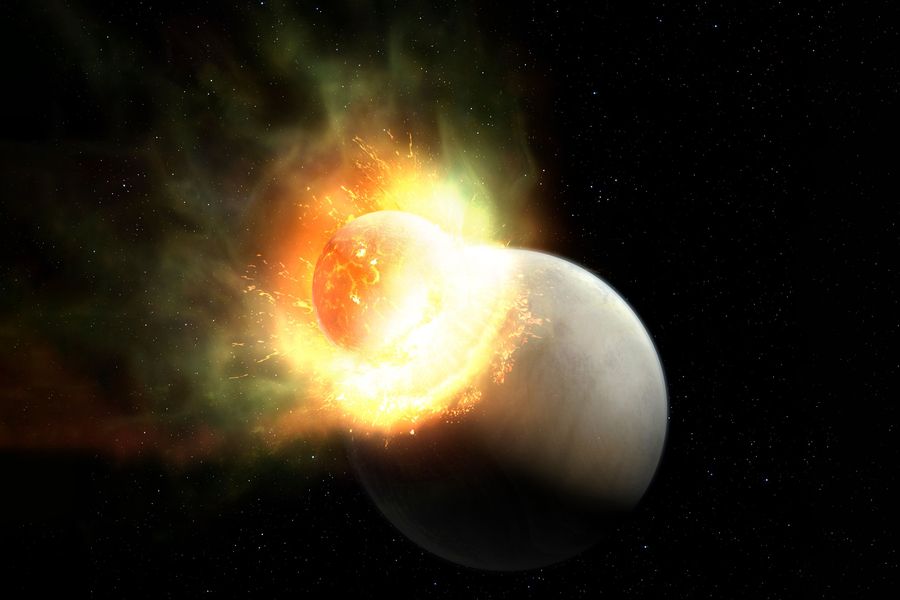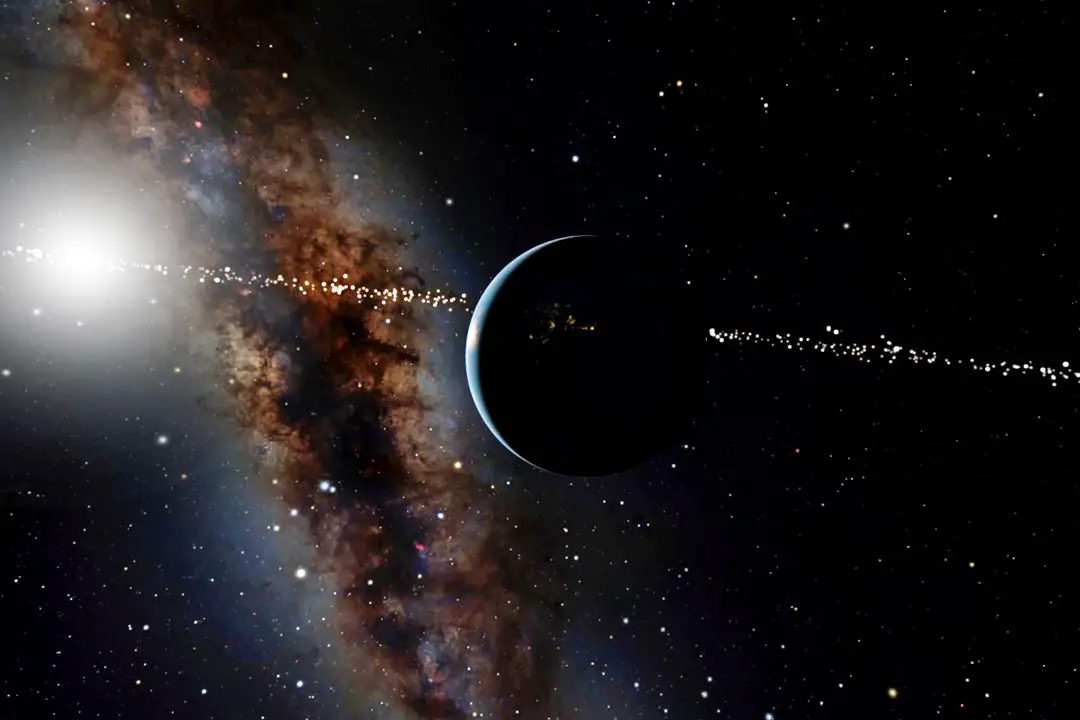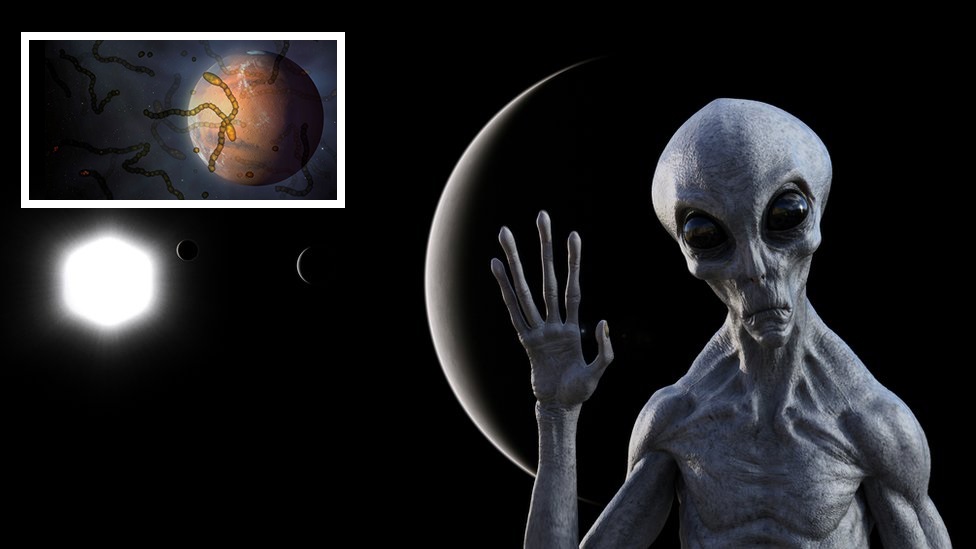In recent research, scientists suggest that the increased need for space travel is increasing the odds of alien creatures conquering Earth and Earth-based organisms infecting other worlds.
According to the paper, published Nov. 17 in the journal BioScience, the researchers point to humanity’s history of moving species to new environments on Earth, where those organisms can become invasive and harm native species; they say this behavior suggests the same could happen with alien life from another planet contaminating Earth and vice versa.
In an email to Live Science, lead author Anthony Ricciardi, a professor of invasion biology at McGill University in Montreal, said, “The hunt for life beyond our globe is a fascinating endeavor that might produce a significant finding in the not-too-distant future.” “However, in light of the growing number of space missions (including those that will return samples to Earth), it is critical to limit biological contamination concerns in both directions.”

As a result of their work, Ricciardi and his colleagues advocate for further collaboration between astrobiologists looking for alien life and invasion biologists investigating invasive organisms on Earth.
As Ricciardi put it, “we can only hypothesize about what types of species would be found if astrobiologists were to discover life on other planets.” “The most likely life-forms would be microbiological in nature and would most likely resemble bacteria.”
Researchers believe the danger of interplanetary contamination is extremely low, in part because the harsh conditions of outer space make it impossible for prospective hitchhiking organisms to survive a journey on the exterior of a human spaceship, according to the experts.
According to Ricciardi, we should still be concerned about interplanetary contamination because of the harmful effects that invading species have had on the Earth’s ecosystem.
Humans have harmed ecosystems all around the globe by permitting creatures to colonize new places that they would never have been able to colonize on their own. Examples include a fungus from South America called Austropuccinia psida that was brought to Australia in an unknown manner and is now encroaching on the country’s native eucalyptus trees, slowing their development and in some cases killing them.
They noted that insular ecosystems that have evolved in geographical isolation, such as those found on islands and in countries such as Australia, are particularly vulnerable to invasive species because the native wildlife in those areas has not evolved adaptations to deal with such invaders, according to the researchers.

According to Ricciardi, “Biological invasions have frequently proven disastrous for the plants and animals that live in these systems.” “We believe that planets and moons that may harbor life should be handled as if they were isolated systems,” says the author of the paper.
When looking for evidence of interplanetary contamination, the researchers looked to the Israeli Beresheet spacecraft, which crashed into the moon in 2019 while carrying thousands of tardigrades, microscopic animals that are capable of surviving extreme conditions, including the vacuum of space, according to a previous report by Live Science.
According to research published in the journal Astrobiology in 2021, the animals were unlikely to have survived the impact of the lunar fall, but the episode demonstrated the possibility of biological spills in the future.
According to Ricciardi, space agencies such as NASA have been aware of the possible threats of biological contamination since the 1960s, and planetary protection rules have been in place since that time. Nevertheless, “a new phase of space research geared at targeting places most likely to harbor life poses tremendous hazards,” Ricciardi said.
According to the study, this includes the growth of commercial space exploration businesses such as SpaceX, which are making space more accessible to the general public. With the SpaceX Starship mission, for example, the aerospace company SpaceX hopes to fly to Mars and beyond.
The researchers recommend that biosecurity policies connected with space flight be strengthened, with a particular emphasis on early detection of possible biological pollutants and the development of strategies for a swift reaction in the event of a discovery.
Jennifer Wadsworth, an astrobiologist at Lucerne University of Applied Sciences and Arts in Switzerland who was not involved in the study, said that while planets and moons have always swapped material through meteorites, human space travel might speed up the process.

Wadsworth described the new report as a “great review” of the existing and ongoing need for stringent and up-to-date planetary protection measures. Wadsworth told Live Science that one big issue is that present planetary preservation measures are not mandatory.
“The boundary between exploration and conservation is really narrow,” Wadsworth explained. “Neither should be abandoned at the expense of the other, but both need careful thought and, most crucially, compliance.”

